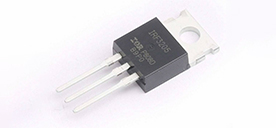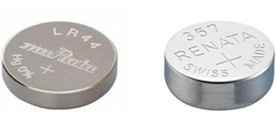Audio Amplifiers: Components, Circuits and Principles of Operation
2024/12/27 17:13:11
Views:
Audio amplifiers are a key component in any audio system, whether it's a home theater, car stereo, or portable speakers. In this guide, we'll explore everything you need to know about audio amplifiers, including their definition, how they work, the different types, and how to build one yourself. Whether you're a novice or a seasoned audiophile, this article will help you understand audio amplifiers and make informed decisions when choosing or building your own.
Audio amplifier basics
Table of Contents
- What is an audio amplifier?
- Audio Amplifier Symbol
- Audio amplifier components
- How does an audio amplifier work?
- Different types of audio amplifiers: Class A, Class B, Class AB and Class D
- Audio Amplifier Circuitry Design
- Audio Amplifier Circuit Diagram
- Audio Amplifier Datasheet
- Sum up
- Frequently Asked Questions
What is an audio amplifier?
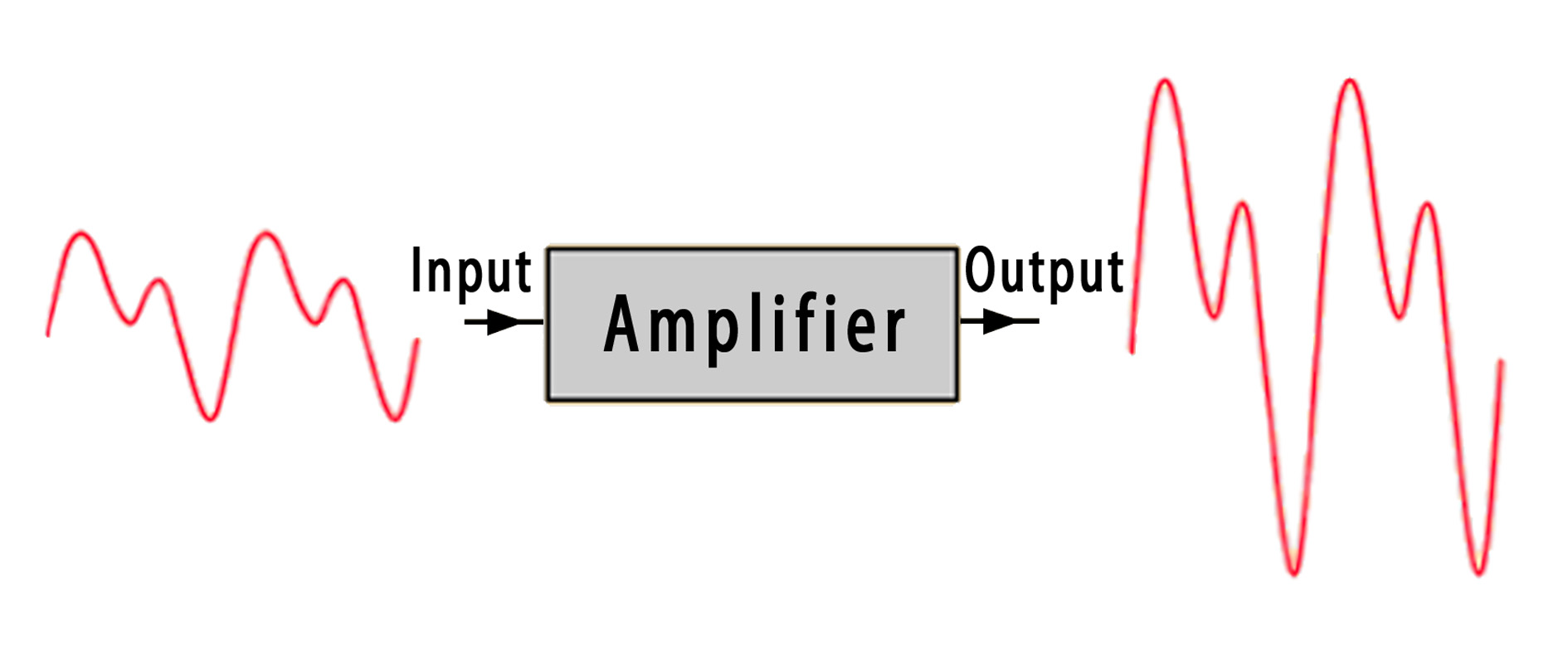
Audio Amplifier
An audio amplifier is an electronic device that increases the amplitude (power) of an audio signal. Its primary function is to receive low-level audio input signals (e.g., from a microphone, musical instrument, or playback device) and amplify them to a level sufficient to drive a speaker or other output device, thereby producing sound.
Audio Amplifier Symbol
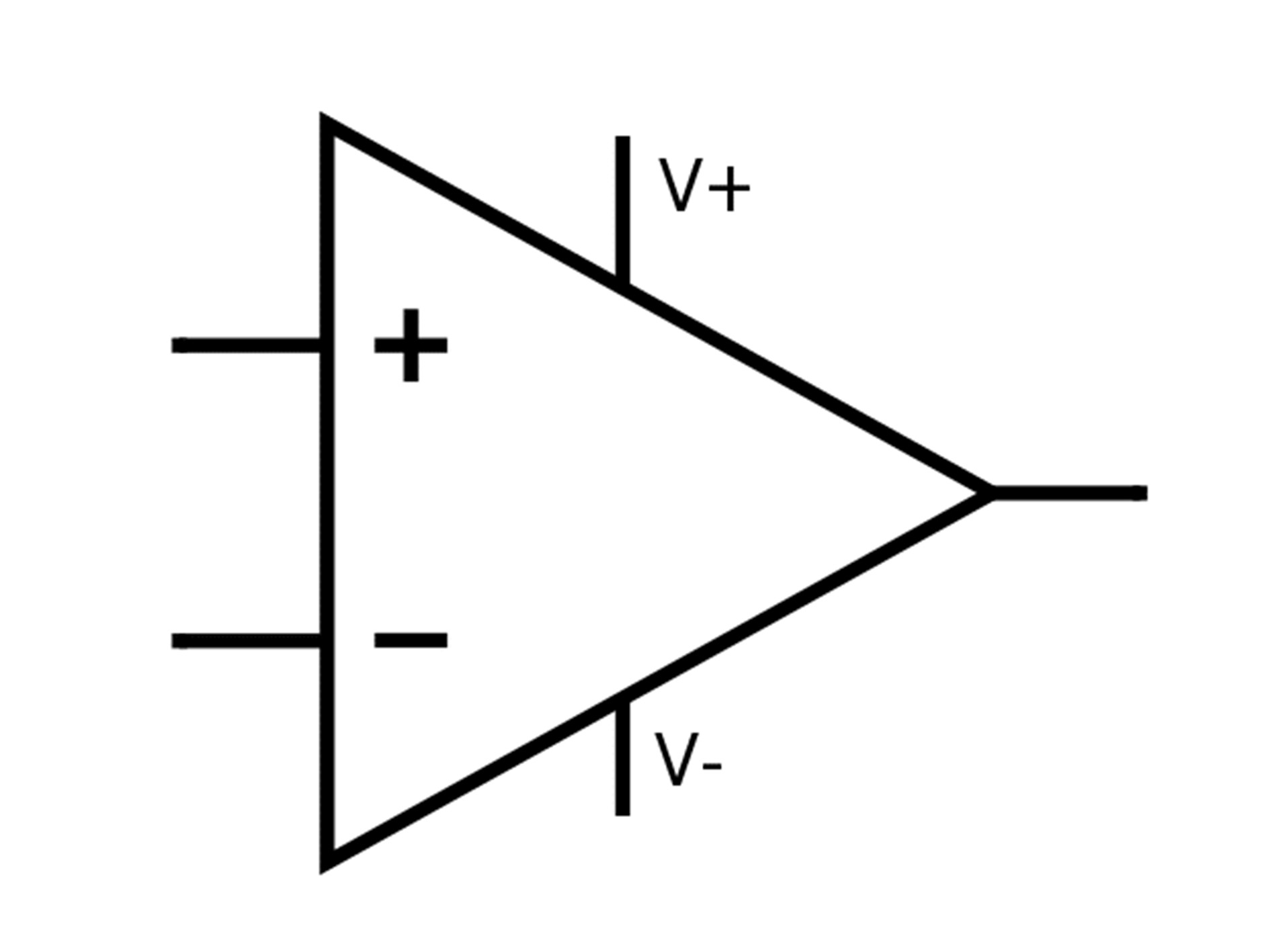
Audio Amplifier Symbols
In electronic circuit diagrams, an audio amplifier is usually represented by a triangle symbol. This symbol indicates the amplification of the input signal and is usually accompanied by input and output connections and a power supply symbol. Understanding the symbols helps you interpret the circuit design and identify the components in an audio system.
Audio amplifier components
An audio amplifier consists of several key components, each of which plays a critical role in the amplification process. The following are the main components:
Parts and Functions Description
Input Stage: This is where the low-level audio signal enters the amplifier. It usually includes components such as capacitors and resistors to filter and condition the signal.
Preamplifier: The preamplifier boosts weak audio signals to a level suitable for the power stage. It also helps to manage the pitch and clarity of the sound.
Power stage: A power amplifier amplifies a signal to a level sufficient to drive a speaker. It usually consists of transistors or integrated circuits (ICs) that provide the necessary power.
Output Stage: This section includes the speakers or headphones that receive the amplified signal. The output stage must match the impedance of the speakers to avoid damaging the amplifier or speakers.
Power Supply: Provides the amplifier with the energy it needs to operate. The power supply must be stable and capable of supplying sufficient current to the amplifier.
Audio Amplifier Kit
Audio amplifier kits are an excellent option for those interested in building their own amplifiers. These kits usually include all the components needed to assemble the amplifier. They are very useful for beginners who want to understand how an amplifier works by building it from scratch.
When selecting a kit, consider the following:
Power Rating: Ensures that the kit meets the power requirements for driving the speakers.
Component Quality: Look for kits that use high-quality capacitors, resistors, and other components for optimal sound performance.
Instructions and support: Choose a kit with clear instructions and adequate support to aid in the assembly process.
How does an audio amplifier work?
The principle of operation of an audio amplifier is largely based on the process of signal amplification. An audio amplifier receives a weak audio signal (usually from a microphone, musical instrument, or audio device) and amplifies it into a stronger signal to drive sound from a speaker.
Main work steps:
Input Signal Reception: An audio signal (e.g., a low-level signal from an audio source) enters the amplifier through the input. This signal usually needs to be amplified enough to drive a speaker.
Signal Amplification: The core components in an amplifier (such as transistors, operational amplifiers or vacuum tubes) enhance the amplitude of the input signal. This process is accomplished through voltage gain or power gain, ensuring that the output signal is stronger than the input signal.
Feedback Mechanism: Modern audio amplifiers often use a negative feedback mechanism to stabilize gain and reduce distortion. A feedback loop feeds a portion of the output signal back to the input to control gain and ensure signal quality.
Output Signal Driver: The amplified audio signal is transmitted to the speaker through the output. The speaker generates corresponding sound waves according to the changes in the audio signal, thus converting the electrical signal into sound.
Power Supply: In order to drive the amplification process, audio amplifiers require a stable power supply. The stability of the power supply directly affects the efficiency of the amplifier and the quality of the output signal.
The operating principle of an audio amplifier involves not only amplifying the signal, but also reducing distortion, optimizing sound quality, and providing enough power to drive a loudspeaker. To improve sound quality, many Hi-Fi amplifiers also include high-end technologies such as low-noise amplification and frequency response optimization.
Audio Amplifier Output Voltage
The output voltage of an amplifier determines how much power it can deliver to a speaker. The higher the output voltage, the more power the amplifier can deliver. However, the voltage needs to be compatible with the impedance of the speaker to prevent damage to the amplifier and speaker.
In general, for larger or more power-hungry speakers, an amplifier with a higher output voltage should be used, while for smaller, less demanding speakers, an amplifier with a lower output voltage should be used.
Different types of audio amplifiers: Class A, Class B, Class AB and Class D
There are different types of audio amplifiers, each with its own unique characteristics:
Class A Amplifiers: Known for their high fidelity and minimal distortion, Class A amplifiers provide sustained power to the output, making them ideal for high-quality audio systems. However, they are less efficient and generate a lot of heat.
Class B Amplifiers: Class B amplifiers are more efficient than Class A amplifiers. They use power only when an input signal is present, but they introduce distortion at lower output levels.
Class AB Amplifiers: Class AB amplifiers are a compromise between Class A and Class B amplifiers, which are highly efficient and have relatively low distortion. class AB amplifiers are typically used in consumer audio equipment.
Class D Amplifiers: Class D amplifiers, also known as digital amplifiers, use pulse width modulation (PWM) to efficiently drive speakers. They generate less heat and are commonly used in portable and car audio systems.
Audio Amplifier Circuitry Design
Designing an audio amplifier circuit requires a combination of theoretical knowledge and practical experience. The following are the general steps in designing an audio amplifier:
Selecting an Amplifier Type: Depending on the application, power requirements, and efficiency determines whether a Class A, Class B, Class AB, or Class D amplifier is required.
Designing Input and Preamplifier Stages: Use components such as transistors and operational amplifiers (op-amps) to amplify weak input signals. Include capacitors to filter out unwanted frequencies.
Power stage design: This is where most of the amplification happens. A transistor or MOSFET is used to provide the current and voltage gain needed to drive the speaker.
Output stage design: Ensures that the output stage matches the impedance of the speaker. Design the circuit to minimize distortion and ensure high efficiency.
Power Supply: Design a stable power supply that can provide enough current to the power stage without causing voltage fluctuations.
Audio Amplifier Circuit Diagram
Audio Amplifier Circuit
This audio amplifier circuit is a simple single transistor amplifier design suitable for amplifying small and large power audio signals to drive sound from a loudspeaker. The circuit is centered on an NPN transistor (Q1), and the amplification of the audio signal is achieved through the combination of a bias network, current gain, and coupling capacitors.
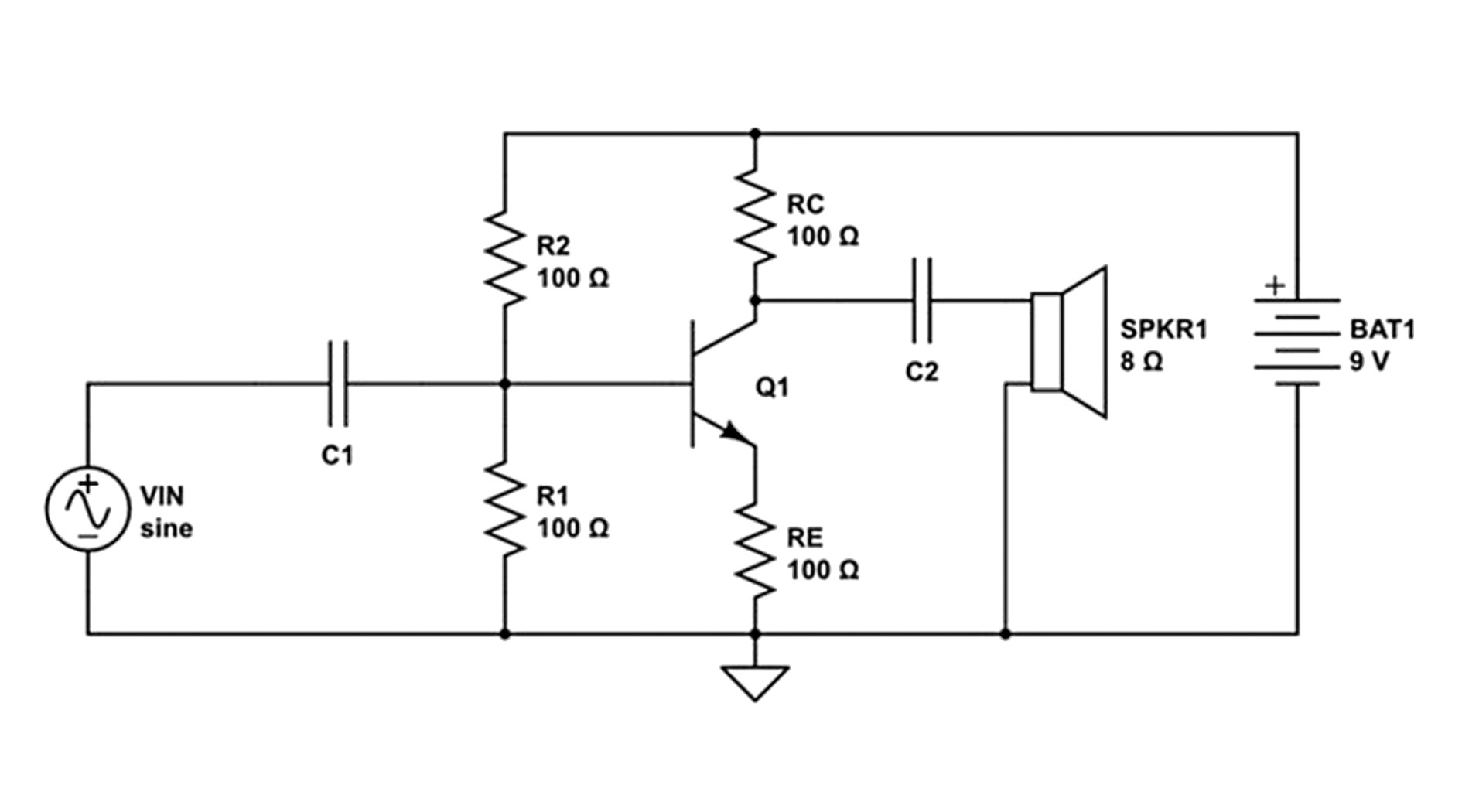
Audio Amplifier Circuit
At the input, the audio signal (VIN sine) enters the circuit through the coupling capacitor C1.The function of C1 is to block the DC component and allow only the AC audio signal to pass through, thus protecting the transistor Q1 and the bias circuit from external DC signals. Resistors R1 and R2 form a base bias network that provides a stable DC operating point for the transistor and ensures that Q1 operates in the amplification region.
Transistor Q1 acts as a common-emitter amplifier with collector resistor RC (100Ω) for voltage amplification of the signal, and emitter resistor RE (100Ω) to improve the stability of the circuit and prevent operating point drift due to temperature changes. The amplified audio signal is passed to the speaker (SPKR1) through coupling capacitor C2, which also serves to isolate the DC component and protect the speaker from DC current. The circuit is powered by a 9V battery (BAT1), which ensures proper operation of the amplifier. The speaker (8Ω) converts the amplified audio signal to sound output.
This circuit demonstrates the complete amplification of an audio signal from input to output and is an ideal base case for learning and designing audio amplifiers.
TDA2040 Audio Amplifier Circuit
The TDA2040 is a high performance audio power amplifier IC that is needed for a wide range of evaluation in audio equipment, especially for medium power output. This IC is capable of delivering up to 25 watts of audio power output while featuring low distortion and high stability. In the 25-watt audio amplifier circuit shown above, the TDA2040 is used as the core component to amplify the input audio signal to drive the speaker (LS1).
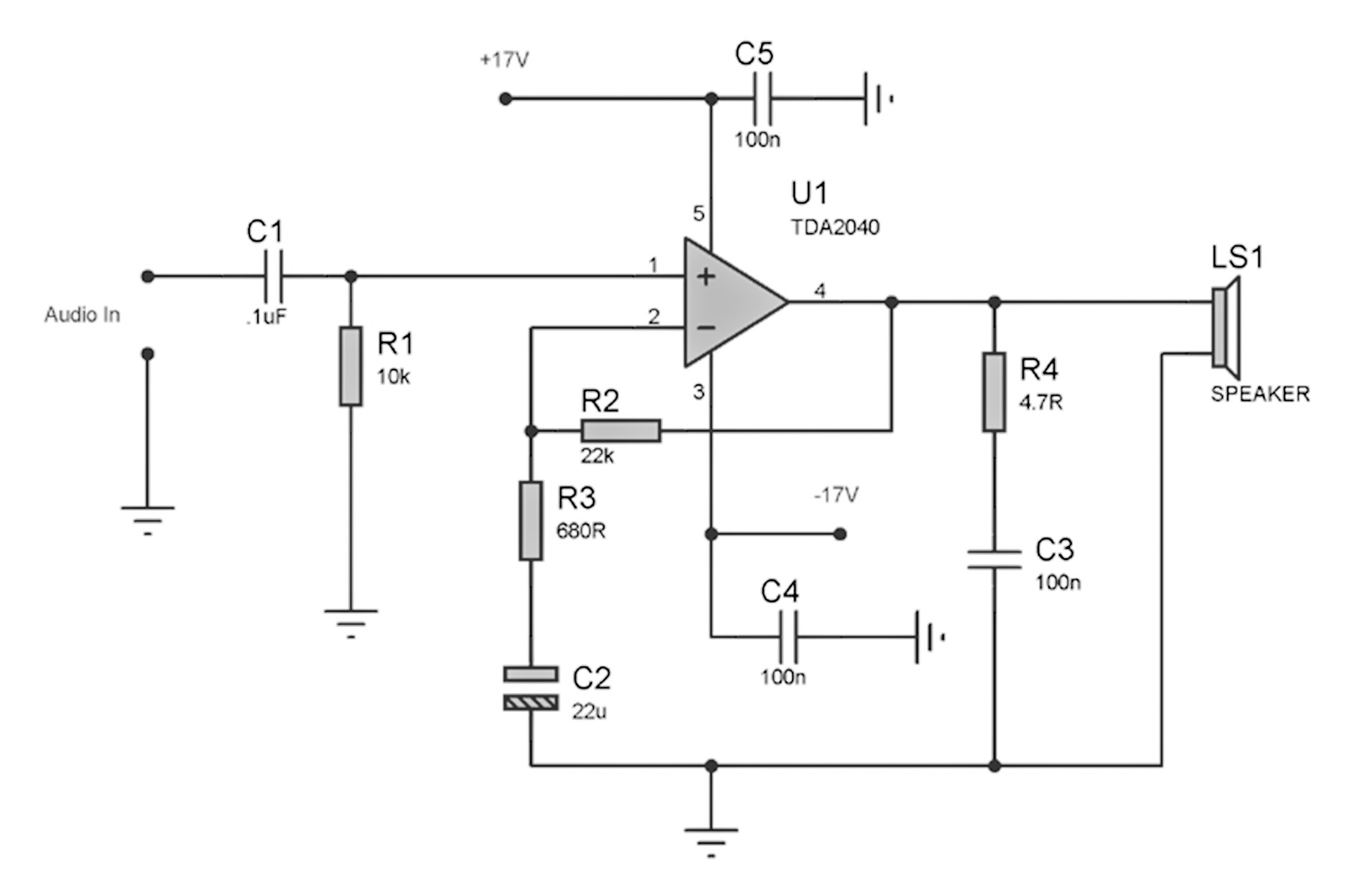
TDA2040 Audio Amplifier Circuit
The circuit is designed to be powered by dual supplies (+17V and -17V) to ensure that the audio signal has a preset swing. The input audio signal enters the TDA2040 through an external capacitor C1 (0.1μF), which acts as a high-frequency low-frequency to allow only the AC signal (audio signal) to pass through. The feedback network consists of resistors R2 (22kΩ), R 3 (680Ω) and bypass capacitor C2 (22μF), which is used to set the amplification and improve circuit stability. The output signal is given to the speaker through pin 4 of the TDA2040 and is also damped by R4 (4.7Ω) and C3 (100nF) to prevent output oscillation.
In addition, the decoupling capacitors (C3, C4, C5) in the circuit are used to filter out high-frequency noise in the power supply to ensure the stable operation of the amplifier.TDA2040, with its highly efficient low-voltage design and short-circuit protection, makes the circuit not only capable of clear output, high-quality audio signals, but also has good reliability and is suitable for a wide range of scenarios, such as home stereo and TV audio.
The circuit's compact structure and simple components make it ideal for DIY audio amplifier applications, while fully demonstrating the performance advantages of the TDA2040.
Audio Amplifier Datasheet
When choosing an audio amplifier, it is critical to understand its data sheet. Key specifications to look for include:
Output Power: Indicates how much power the amplifier can deliver to the speaker.
Total Harmonic Distortion (THD): Shows how much distortion the amplifier introduces into the audio signal. The lower the value, the better.
Signal-to-Noise Ratio (SNR): Indicates the clarity of the signal; the higher the SNR, the less background noise.
Impedance Matching: Ensure that the output impedance of the amplifier matches the impedance of the speaker to avoid damage.
Sum up
Audio amplifiers are the backbone of any sound system, enabling users to enjoy high-quality audio with greater volume and clarity. By understanding the different types of amplifiers, how they work, and how to build an amplifier, you can make better decisions when choosing or designing your own. Whether you're setting up a home theater, a car audio system, or a DIY project, the right amplifier will significantly enhance your audio experience.
Frequently Asked Questions
Difference Between Audio Amplifier and Power Amplifier
An audio amplifier is a device used to amplify audio signals, while a power amplifier specializes in providing enough power to drive speakers.How to choose the right audio amplifier for your speakers?
Choose an amplifier whose power matches that of your speakers and make sure the impedance is matched.Do passive speakers need an amplifier.
Yes, passive speakers need an external amplifier to drive them.Will an audio amplifier damage the speakers?
If the amplifier is too powerful, it may damage the speakers. Make sure the power is matched.How can I improve the sound quality of my audio amplifier?
Use high quality components and stable power supply to avoid distortion and power mismatch.Do I need a preamplifier?
A preamplifier is required if using a low level signal source (e.g. microphone, turntable).Common Audio Amplifier Problems
Overheating, distortion, unstable power supply or mismatched components.Related Information
-
-
Phone
+86 135 3401 3447 -
Whatsapp

